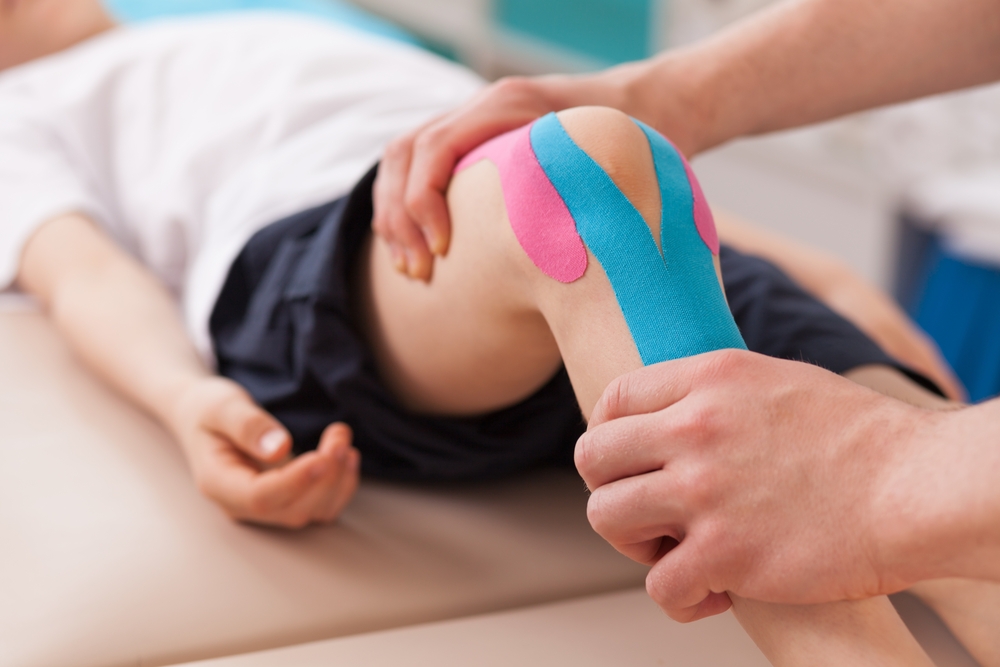Regular Exercise Seen to Protect Motor Neurons in Spinal Muscular Atrophy Animal Study

Long-term exercise was found to benefit mice models of spinal muscular atrophy (SMA), providing important clues for designing rehabilitation programs in patients, according to a study titled “Long-term exercise-specific neuroprotection in spinal muscular atrophy-like mice” and published in the Journal of Physiology.
SMA currently has no cure and while physical exercise might represent a promising approach to alleviate SMA symptoms, the lack of data on the effects of different kinds of exercise on diseased motor units precludes the use of active physiotherapy in SMA patients.
Physical exercise covers a wide range of programs with very different approaches, including long-term versus acute exercises, concentric versus eccentric contractions, and power versus endurance exercises. The type of exercise used could be the key to understand the apparently contradictory effects of exercise in a given disease.
Researchers evaluated the efficiency of two long-term physical exercise paradigms, high-intensity swimming and low-intensity running, to alleviate SMA symptoms in a transgenic SMA-like mouse model and in a control group of mice (68 mice per group). The researchers found that 10 months of physical training, five days a week for 10 minutes each day, induced significant benefits in terms of resistance to muscle damage, energetic metabolism, muscle fatigue, and motor behavior.
While swimming and running were both beneficial for motor neurons affected by SMA, each type of exercise had an impact on different motor neurons and muscle fibers. Swimming protected intermediate and fast motor neurons (the most-affected type of motor neuron in SMA) and enhanced the cross-sectional area of large muscle fibers, while running only protected slow motor neurons and enhanced the cross-sectional area of intermediate muscle fibers.
Olivier Bondi from the Université Paris Descartes, the study’s main investigator, said in a news release: “So far, the clinical care strategy for SMA patients has been based on symptomatic alleviation and physiotherapy. Active exercise has previously been avoided to minimise damage to muscles and neurons. Our study shows, though, that not only could physical exercise be part of a cheap, beneficial long-term care programme for SMA patients (especially compared to pharmacological approaches and walking aids), it also highlights the importance of defining a specific exercise regimen to limit the neurodegeneration process. Our research could provide several clues when designing rehabilitation programs for SMA patients; and the findings have already been used to design an innovative clinical trial for SMA patients in France (ExerASI, n° ID RCB 2013-A01331-44).”
The researcher added, “This shift in patient care towards the prescription of appropriate exercise in neuromuscular disorders could profoundly change the view of physiotherapy in SMA but also for other neuromuscular disorders. Understanding the mechanisms of exercise-induced benefits in neuromuscular degenerative diseases could provide a platform for discover[ing] new potential pharmacological approaches in such patients.”







